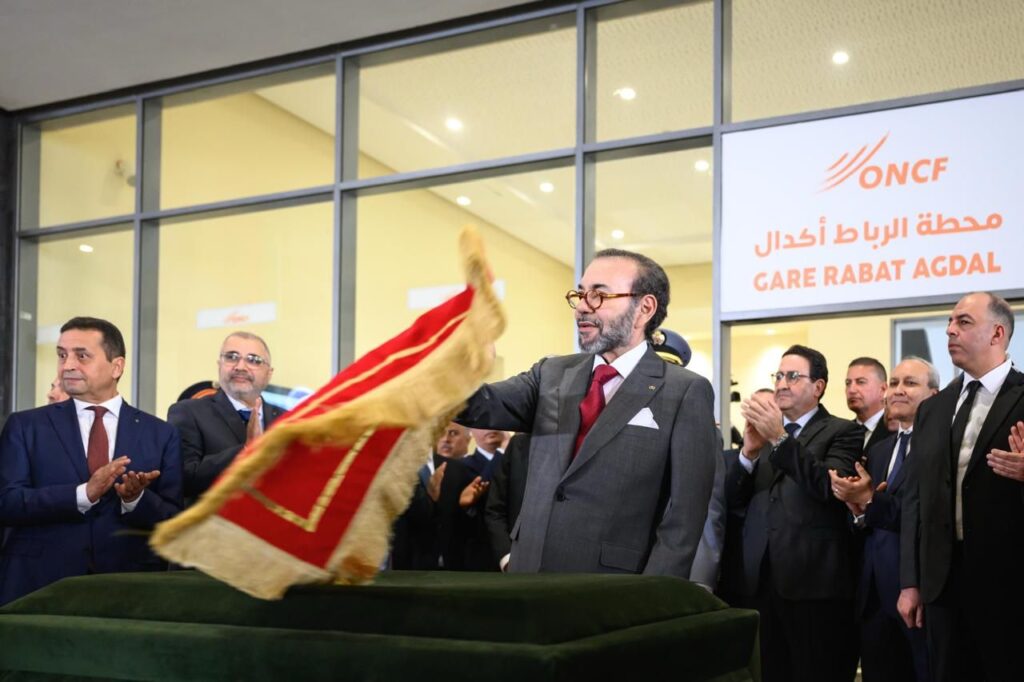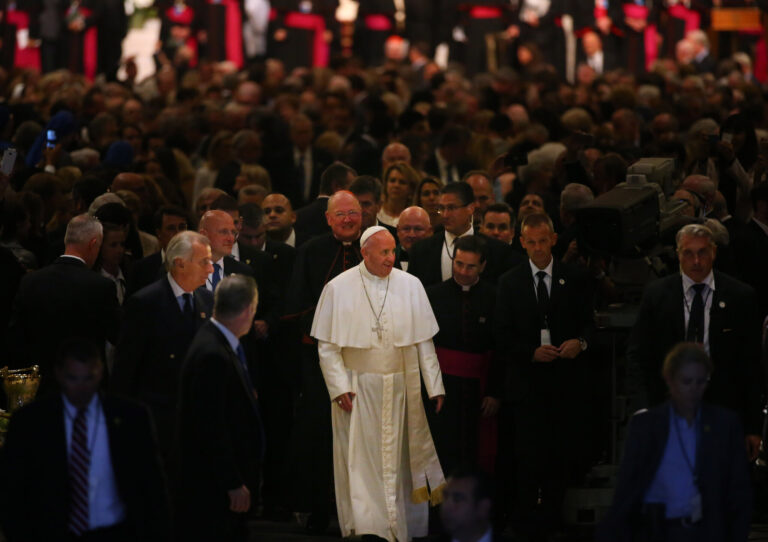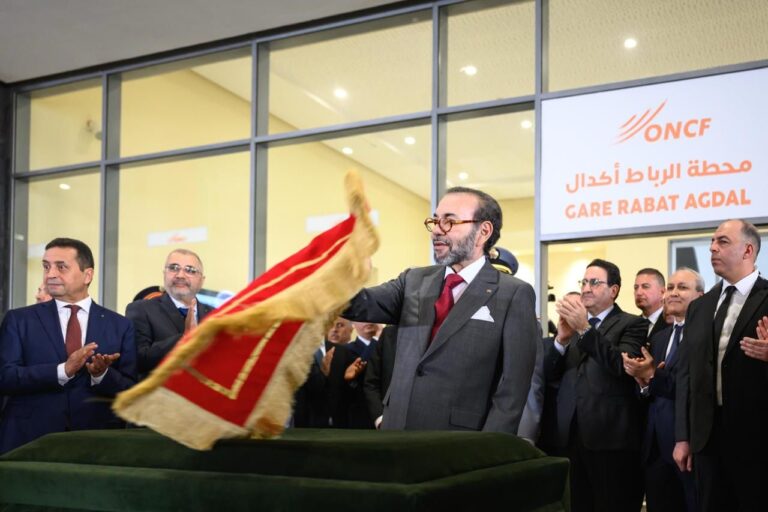
Rabat – Morocco has taken a major leap forward in sustainable transportation and infrastructure with the launch of the Kenitra-Marrakech High-Speed Rail Line, inaugurated by His Majesty King Mohammed VI at the Rabat-Agdal train station. This milestone marks the beginning of a transformative MAD 96 billion national rail development strategy, designed to reshape urban mobility, boost regional connectivity, and foster industrial growth.
Spearheaded by the vision of HM the King, the 430-kilometer high-speed corridor will link Kenitra to Marrakech via Rabat and Casablanca, integrating major economic and population centers while significantly reducing travel time. Passengers will soon be able to travel from Tangier to Marrakech in just 2 hours and 40 minutes—a time-saving of more than two hours—underscoring the project’s strategic impact.
The rail line also strengthens Morocco’s commitment to low-carbon, collective transportation. By enhancing the high-speed network and relieving congestion on the conventional lines, the project opens the door to a new era of mass transit systems in the Casablanca, Rabat, and Marrakech metropolitan areas.
Backed by MAD 53 billion for infrastructure alone, the Kenitra-Marrakech route forms the backbone of a broader initiative that includes the acquisition of 168 next-generation trains. With an additional MAD 29 billion allocated for rolling stock, the program will rejuvenate the Moroccan National Railways Office (ONCF) fleet and support anticipated traffic increases by 2030.
The new fleet will include 18 high-speed trains, 40 intercity units, 60 fast shuttle trains, and 50 urban commuter trains. This wave of modernization is not only a mobility upgrade but also an economic catalyst. The initiative will establish an industrial rail manufacturing hub in Morocco, targeting over 40% local integration and creating thousands of direct and indirect jobs. A joint venture between ONCF and international manufacturers will also ensure the long-term maintenance and performance of the trains.
In parallel, improvements to stations in Rabat, Casablanca, and Marrakech, as well as the construction of new high-speed stations and a train maintenance center in Marrakech, will further support the network’s efficiency and accessibility.
Executed with the collaboration of international leaders such as France’s Alstom, Spain’s CAF, and South Korea’s Hyundai Rotem, the project is backed by favorable financing terms and reflects Morocco’s growing stature as a continental rail pioneer.
In essence, the Kenitra-Marrakech High-Speed Rail Line is more than a transportation upgrade—it’s a bold step toward inclusive development, technological advancement, and economic resilience. As the Kingdom builds a smarter, faster, and greener mobility future, it reaffirms its ambition to lead Africa into a new age of sustainable infrastructure.






